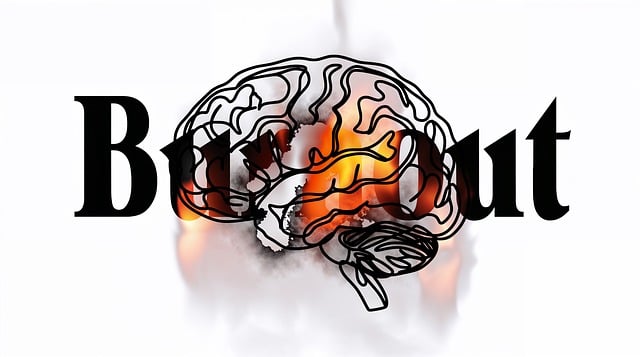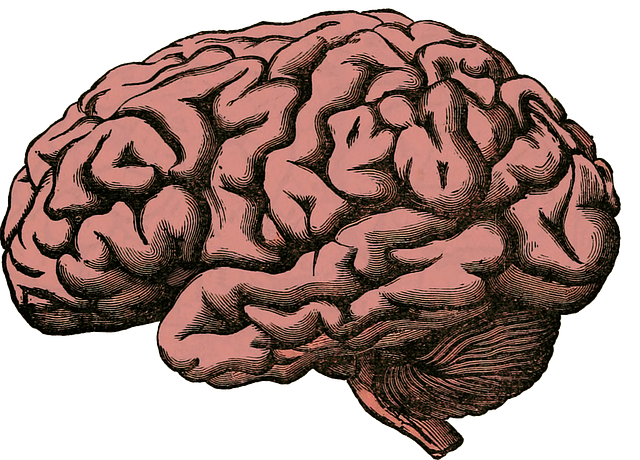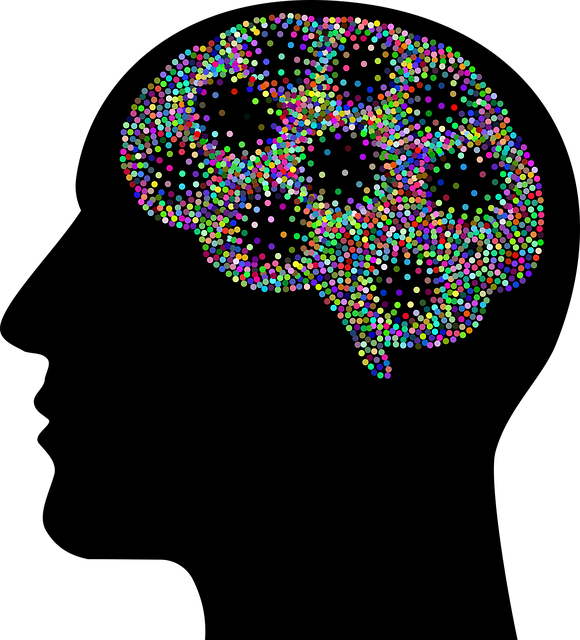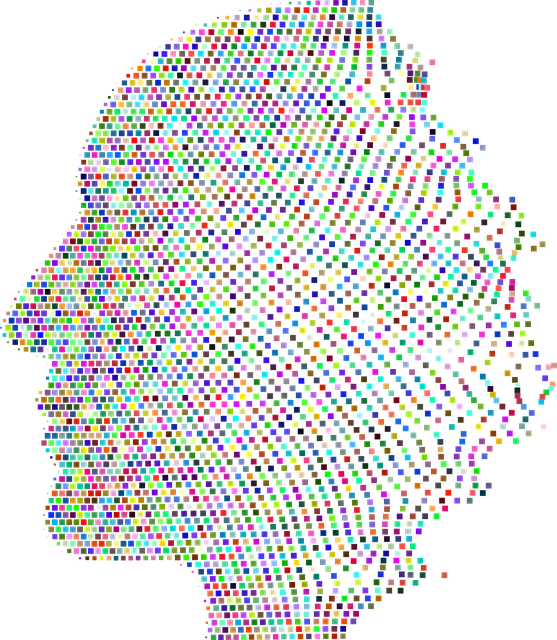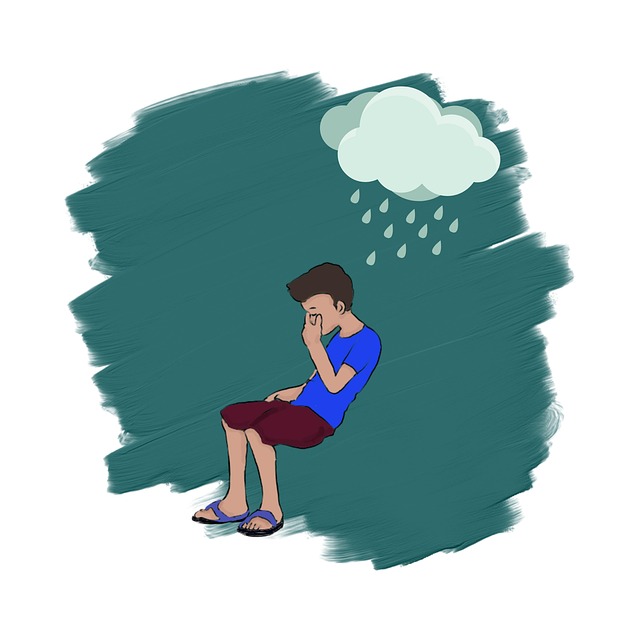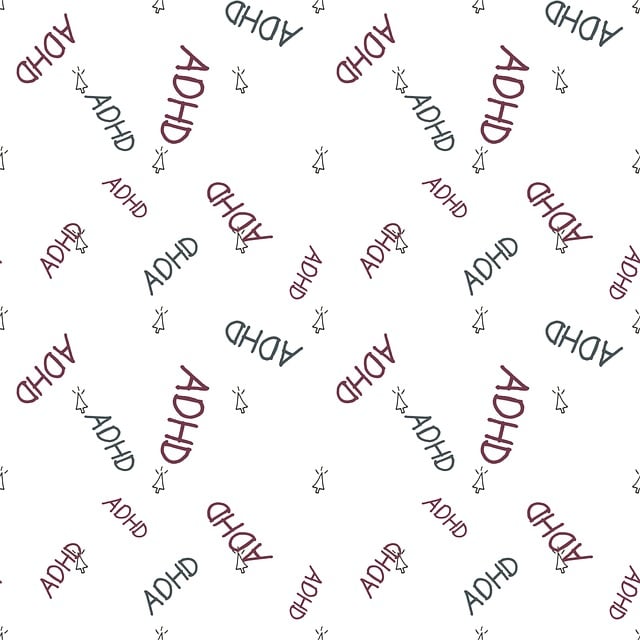Designing a mental health education program for Castle Rock begins with assessing local needs, leveraging existing services like Castle Rock Developmental Disability Therapy, and engaging stakeholders. Key goals include building resilience through workshops, promoting cultural competency training for healthcare providers, and launching a Mental Wellness Podcast Series. Tailored therapy approaches address unique challenges faced by individuals with developmental disabilities in accessing mental health services. Collaboration ensures the program meets community needs and increases access to specialized support. Specific, measurable goals like raising mental health literacy among high school students and teaching self-care routines empower individuals to maintain their well-being.
Mental health education is a critical component of overall well-being, especially within communities like Castle Rock with its unique developmental disability population. This article explores the design of an innovative program aimed at enhancing mental health literacy and access to services for Castle Rock residents. Through a comprehensive approach, we delve into assessing specific community needs, developing engaging curricula tailored to diverse learning styles, implementing flexible delivery models, and continually evaluating impact to ensure long-lasting positive changes in mental health outcomes, particularly for those with developmental disabilities. By collaborating with local stakeholders, the program promises to be a game-changer in Castle Rock, revolutionizing access to mental health resources.
- Assessing Needs and Setting Goals: Tailoring the Program to Castle Rock Community
- – Understanding the unique challenges and resources within Castle Rock's developmental disability population.
- – Collaborating with local stakeholders, therapists, educators, and support groups for input on program design.
- – Establishing measurable goals aligned with improving mental health literacy and access to services.
Assessing Needs and Setting Goals: Tailoring the Program to Castle Rock Community

In designing a mental health education program tailored to the Castle Rock community, assessing specific needs is the first crucial step. This involves understanding the unique challenges and cultural dynamics of the region, including the presence of Castle Rock Developmental Disability Therapy services. By engaging with local stakeholders, healthcare providers, and community members, the program can identify pressing issues such as access to mental wellness resources, stigma surrounding mental health, or specific concerns related to developmental disabilities.
Setting achievable goals is then essential to ensure the program’s effectiveness. Building resilience among residents through educational workshops, promoting cultural competency training for healthcare providers to better serve diverse populations, and producing a Mental Wellness Podcast Series can all be targeted objectives. These goals should align with the community’s needs, fostering meaningful engagement and positive change in the Castle Rock landscape.
– Understanding the unique challenges and resources within Castle Rock's developmental disability population.

Castle Rock’s developmental disability population presents a unique set of challenges and resources that must be considered when designing mental health education programs. Individuals with developmental disabilities often face barriers to accessing mental health services, including stigma, lack of specialized support, and limited awareness of available resources. Tailoring therapy approaches to accommodate their specific needs is crucial, focusing on accessible communication methods and activities that promote engagement and self-expression.
Understanding the diverse range of abilities and challenges within this population allows for the development of targeted interventions. Programs can incorporate strategies like confidence-boosting techniques, crisis intervention guidance, and mindfulness practices adapted for different developmental levels. By leveraging these resources effectively, mental health education can become a powerful tool to empower individuals with developmental disabilities, enhancing their overall well-being and resilience.
– Collaborating with local stakeholders, therapists, educators, and support groups for input on program design.

In designing a mental health education program like Castle Rock Developmental Disability Therapy’s initiatives, collaboration with local stakeholders is paramount. Engaging therapists, educators, and support groups from the community ensures the program aligns with existing resources and meets the unique needs of the target audience. This collaborative approach fosters a sense of ownership among participants and increases the likelihood of successful implementation. By incorporating diverse perspectives, the program can address specific challenges faced by individuals in Castle Rock, enhancing its relevance and effectiveness.
Additionally, these partnerships play a crucial role in developing evidence-based strategies. Therapists can offer insights into proven therapeutic techniques, while educators provide expertise on integrating mental health education into schools or community settings. Support groups add a layer of public awareness campaigns development by sharing personal experiences and advocating for destigmatization. Even mindfulness meditation, a growing trend in mental health promotion, can be incorporated with community input to make it accessible and meaningful for all participants.
– Establishing measurable goals aligned with improving mental health literacy and access to services.

The design of a mental health education program should be guided by clear, measurable goals aimed at enhancing mental health literacy and improving access to services, especially in communities like Castle Rock where developmental disability therapy is essential. These goals should be specific and actionable, focusing on key areas such as increasing awareness about various mental health conditions, fostering early intervention strategies, and equipping individuals with effective self-care routines. By setting measurable targets, the program’s impact can be accurately assessed and adjusted for better outcomes.
For instance, one goal could be to “enhance mental health literacy among high school students by 20% within a year through interactive workshops and online resources,” or “ensure that 80% of participants in our community forums can identify signs of depression and know where to seek help.” Incorporating strategies for crisis intervention guidance and promoting self-care routine development are also crucial components, ensuring individuals not only understand mental health but also have the tools to maintain their well-being.
In designing a mental health education program tailored to the Castle Rock community, particularly focusing on its developmental disability population, it’s clear that collaboration is key. By engaging local stakeholders, therapists, educators, and support groups, we can create a comprehensive curriculum that addresses unique challenges while leveraging available resources. Setting measurable goals aligned with enhancing mental health literacy and improving access to services for Castle Rock Developmental Disability Therapy will ensure the program’s effectiveness and longevity. This collaborative approach promises to make a significant impact on the well-being of individuals within this community.


